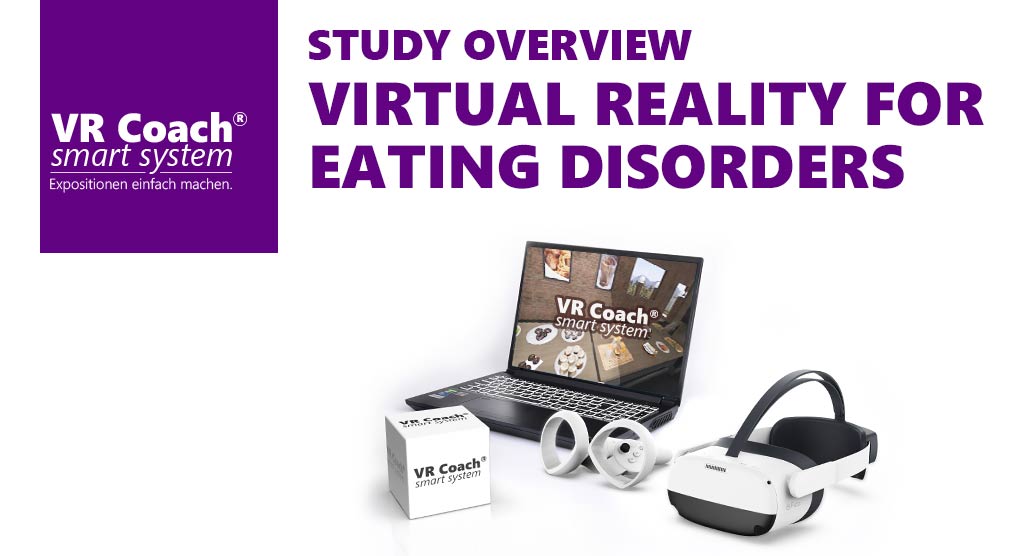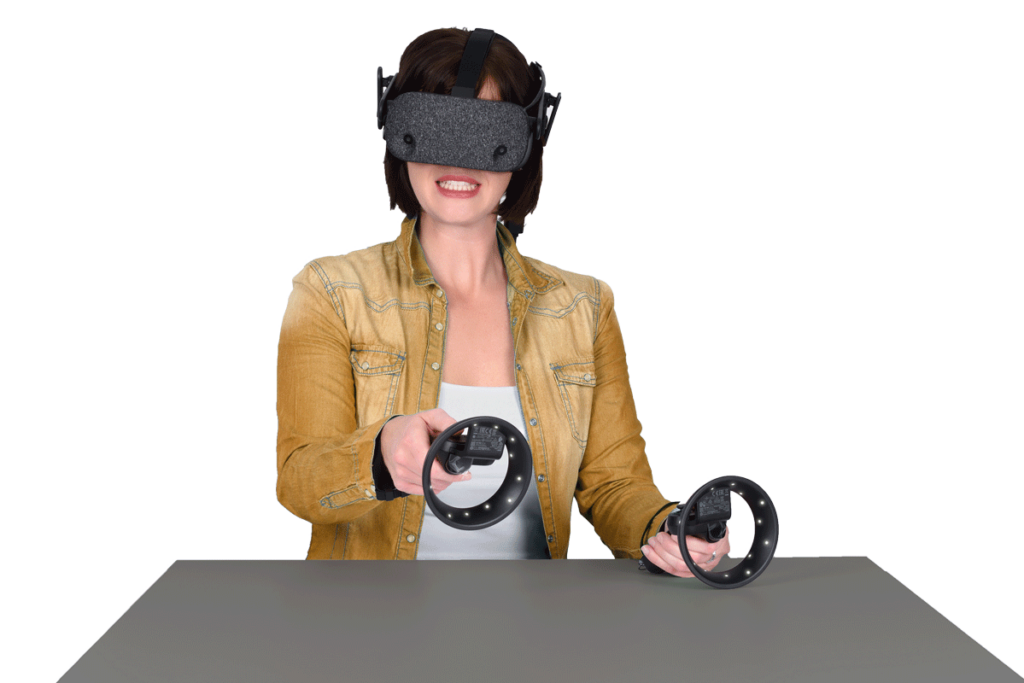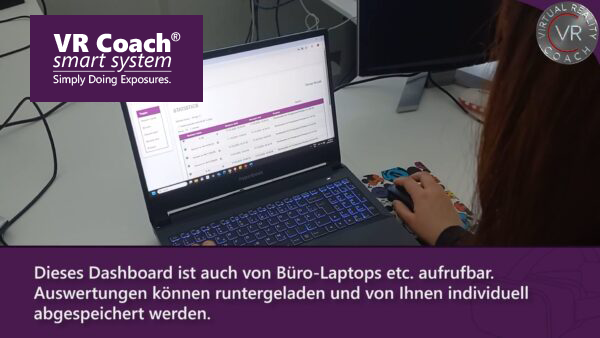
Study overview
Virtual reality for eating disorders
A review of studies on the application of virtual reality (VR) in eating disorders (EDs) shows that VR technology can be a valuable tool for diagnosing, analyzing and treating these disorders.
VR allows patients to immerse themselves in a virtual environment where they can observe and modify their body perception and eating behavior in realistic scenarios. Especially in anorexia nervosa and bulimia, studies show positive effects by using VR to improve body image, reduce eating disorder symptoms and enhance therapy.
Overview of relevant studies
1. body image disorders and VR: VR is often used to treat body image disorders in eating disorders. Various studies show that VR has the ability to correct distorted body images by providing a realistic but modified representation of one’s own body. This technology can help patients to assess and accept their body image more realistically.
2. Anorexia nervosa (AN): Studies show that VR-based interventions are particularly effective for patients with anorexia nervosa. By simulating eating situations or visualizing a healthier body image, VR can help patients normalize their eating habits and body perceptions.
3. Bulimia (BN): VR is used in bulimia patients to simulate binge eating and practice dealing with triggering situations. Studies show that VR interventions can help reduce impulsive eating behavior and promote healthier eating behavior.
4. Binge Eating Disorder (BED): VR has also proven useful in binge eating disorder, particularly by promoting more controlled eating behavior and reducing binge eating in simulated stressful situations.
5. Combination with traditional therapies: VR is often used in combination with traditional therapies such as cognitive behavioral therapy (CBT) to increase the effectiveness of treatment. The immersive properties of VR allow patients to test their progress in a controlled but realistic environment.
Conclusion:
The integration of VR into eating disorder therapy shows promising results. The technology offers a unique opportunity to simulate realistic scenarios and target specific behaviors and perceptions. Further research is needed to evaluate the long-term effectiveness of these interventions and identify the best application strategies.
- Ferrer-García, M., Gutiérrez-Maldonado, J., Treasure, J. (2015). Virtual reality in the treatment of eating disorders: A systematic review and future directions. Eating Disorders, 23(5), 386-406.
- Riva, G. (2016). The neuroscience of body representation: From basic science to virtual reality. Nature Reviews Neuroscience, 17(10), 625-634.
- Keizer, A., et al. (2016). A virtual reality full body illusion improves body image disturbance in anorexia nervosa. PLOS ONE, 11(10), e0163921.
Are you interested in the use of VR therapy for eating disorders?








